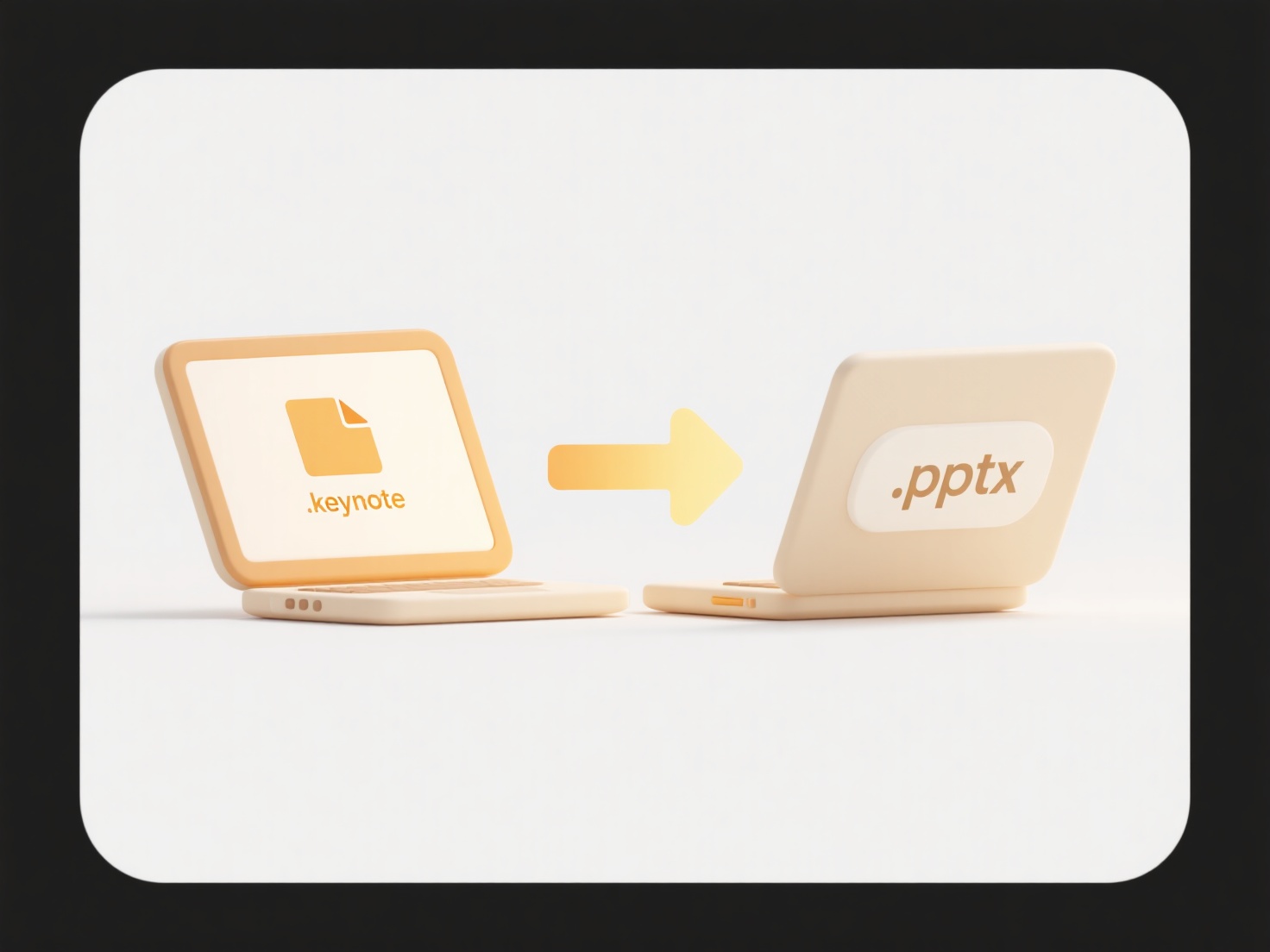
Including project codes or IDs in file names means embedding unique identifiers assigned to specific projects directly into the beginning or structure of the filename itself. This practice differs from storing such information solely within folder names or metadata, as it makes the project association immediately visible at the file level. It primarily aims to directly link the file to its relevant project context within a shared system.

This approach is common when managing numerous related files across projects. For example, a software development team might prefix filenames with a Jira ticket ID like "PROJ-123_DesignSpec.docx". Similarly, a construction firm managing architectural drawings might use "BldgA_STRUCT-0045_FloorPlan.pdf" to instantly identify the project and drawing type. Industries like engineering, research, or IT services, utilizing platforms like SharePoint, DAMs, or project management software, often adopt this convention.
Key advantages include faster project-specific searching, sorting, and grouping of files, significantly reducing confusion and misplacement in shared environments. However, lengthy codes can make filenames cumbersome and less human-readable, especially for newcomers unfamiliar with the ID system. While helpful initially, reliance on filenames alone can become problematic for complex projects; combining it with folder structures and robust metadata management is often more scalable and efficient for long-term organization.
Should I include project codes or IDs in file names?
Including project codes or IDs in file names means embedding unique identifiers assigned to specific projects directly into the beginning or structure of the filename itself. This practice differs from storing such information solely within folder names or metadata, as it makes the project association immediately visible at the file level. It primarily aims to directly link the file to its relevant project context within a shared system.

This approach is common when managing numerous related files across projects. For example, a software development team might prefix filenames with a Jira ticket ID like "PROJ-123_DesignSpec.docx". Similarly, a construction firm managing architectural drawings might use "BldgA_STRUCT-0045_FloorPlan.pdf" to instantly identify the project and drawing type. Industries like engineering, research, or IT services, utilizing platforms like SharePoint, DAMs, or project management software, often adopt this convention.
Key advantages include faster project-specific searching, sorting, and grouping of files, significantly reducing confusion and misplacement in shared environments. However, lengthy codes can make filenames cumbersome and less human-readable, especially for newcomers unfamiliar with the ID system. While helpful initially, reliance on filenames alone can become problematic for complex projects; combining it with folder structures and robust metadata management is often more scalable and efficient for long-term organization.
Related Recommendations
Quick Article Links
How do I train Windows Search or macOS Spotlight?
Training Windows Search or macOS Spotlight refers to guiding these operating system features to improve file indexing ac...
Why is there no sound when I open a video?
Video playback may lack sound due to several common reasons. The primary cause is often a simple setting: the video play...
How do I archive folders by year?
Archiving folders by year involves systematically organizing files and subfolders into main folders designated for speci...